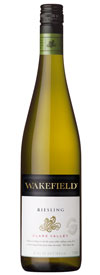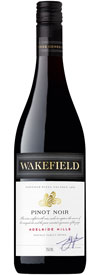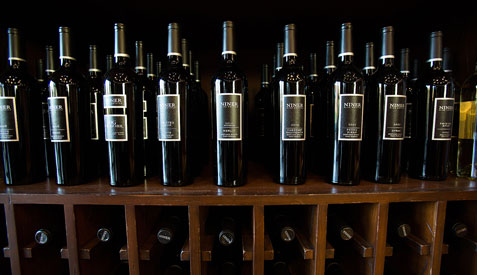Four delicious reds for $20 and under
If you scan the shelves of your local wine shop, it becomes obvious pretty quickly that you can spend virtually any amount of money on a bottle of wine. That could be just a few dollars or literally thousands. Of course, most of us aren’t going to spend anywhere near the upper end, and the bottom end is, shall we say, hit and miss. That leaves a very wide middle ground to consider.
Within that I have often found the $15 to $20 range to be of interest for a number of reasons. On the one hand, while no dollar figure guarantees you’re going to like a wine, spending more than $15 increases the odds that it’s a well-made selection. And for a lot of wine drinkers, $20 is a bit of a glass ceiling for everyday drinking. So here are four red wines that perfectly fit into that price window. Two of them are from California’s Paso Robles, and the others are from Chile’s Viña Ventisquero. Both of those areas also represent places one can still find a lot of outstanding values for everyday drinking, which is precisely what these wines represent to me.

Chronic Cellars 2013 Suite Petite ($15)
Suite Petite is composed of Petite Sirah (87 percent) and Syrah (13 percent). I’ll tell you a secret about my wine tastes: I love Petite Sirah. The truth is, when I’m out tasting, I will never turn down a Petite Sirah, no matter what. So with that in mind, I’m always interested in drinking them and seeing what they’re like. This example from Chronic Cellars does a really nice job for $15. The dark nose is full of violet and plum aromas, along with bits of leather and sage. Black cherry, blackberry and an avalanche of dark fruits mark the juicy palate. Plum pudding spices, black pepper and a touch of chocolate sauce are evident on the finish. Nice tannins and sufficient acid provide solid structure. If you like your wine dark and somewhat brooding, here you go.
Chronic Cellars 2014 Purple Paradise ($15)
This offering is a blend of Zinfandel (70 percent), Syrah (14 percent), Petite Sirah (11 percent) and Grenache (5 percent). This Zinfandel-dominated wine has a healthy dollop of Petite Sirah blended in, which I’m quite fond of. Not just because I love Petite Sirah, though – Zinfandel and Petite Sirah are great partners. If they were in a band together, Zin would provide the screaming lead guitar and Petite Sirah would hold down the bottom end with some deep bass notes. Red raspberry aromas lead the nose. Blueberry, plum and more raspberry are evident on the somewhat jam-laden palate. Toast, white pepper and strawberry notes are all evident on the clean finish. Whether your Tuesday night dinner consists of pizza, burgers or a tamale pie casserole, this wine is going to carry the day for a song.
You can follow us on Twitter and Facebook for content updates. Also, sign up for our email list for weekly updates and check us out on Google+ as well.
Posted in: Vices, Wine, Wine Reviews
Tags: Cabernet Sauvignon, Carmenere, Petite Sirah, red wine, Zinfandel













